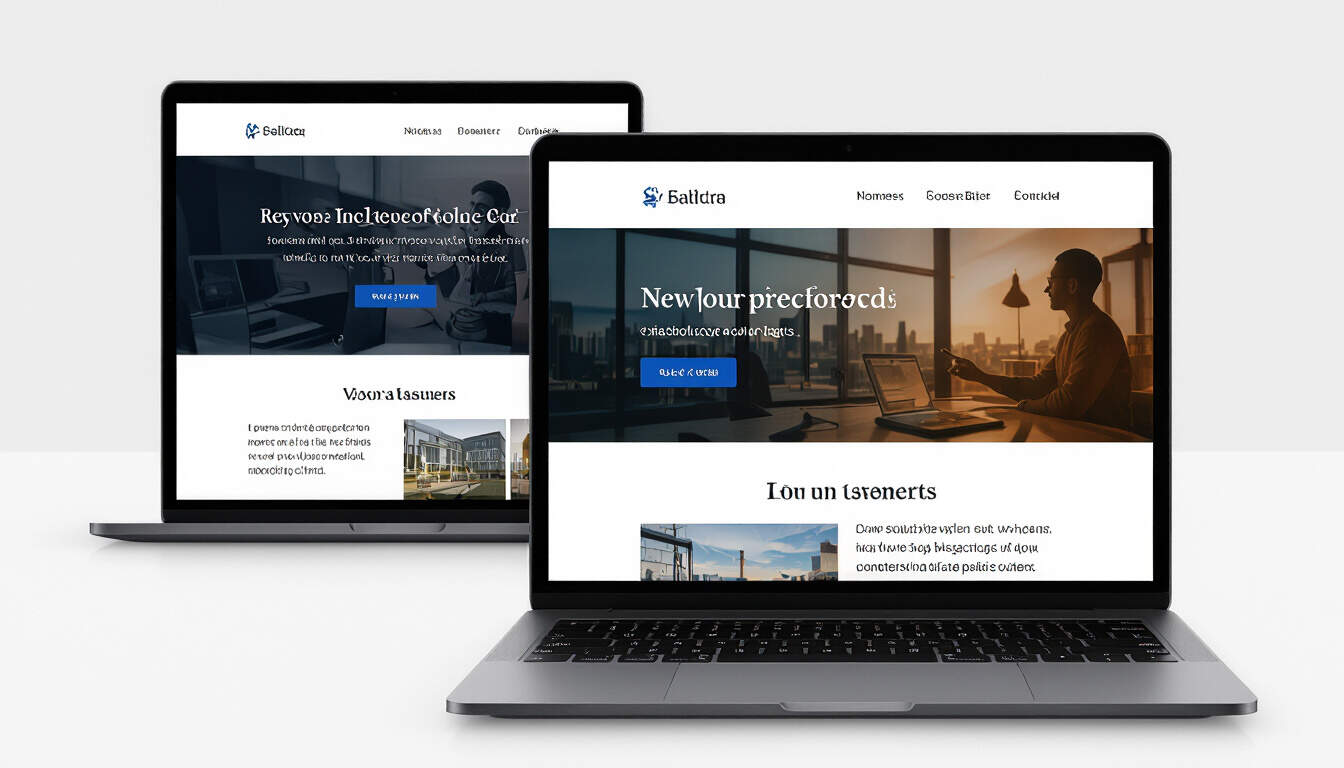A/B Testing in Solo SaaS Development
 by Verner Mayer
by Verner Mayer
Explore how A/B testing can improve your solo SaaS products through practical steps and examples. Learn to optimize user experiences and drive growth with simple, effective methods for developers working alone.

A/B testing serves as a key tool for solo SaaS developers aiming to refine their applications. This method involves comparing two versions of a feature to see which performs better. For instance, a solo developer might test different signup buttons to boost user engagement.
In solo SaaS projects, A/B testing helps identify what works best without needing large teams. It allows you to make data-driven decisions based on user behavior. Consider a real-world example where a developer tested email opt-in forms on their app, leading to a 20% increase in subscriptions.
To start with A/B testing, begin by defining your goals. A/B testing goals could include improving conversion rates or enhancing user retention. Once set, select the elements to test, such as page layouts or call-to-action buttons.
Next, prepare your setup. Use tools like Google Optimize or Optimizely, which are accessible for individual users. These platforms let you create variations easily. For a solo SaaS app, you might split your traffic evenly between the original and new version.
Here is a step-by-step guide to implement A/B testing:
- Choose a tool: Pick one that fits your budget and needs. Many free options exist for small-scale tests.
- Define variants: Create the two versions you want to compare. Ensure they differ only in the element being tested.
- Set up tracking: Integrate analytics to measure outcomes. Focus on metrics like click-through rates or bounce rates.
- Run the test: Launch it for a set period to gather data. Aim for statistical significance to ensure reliable results.
- Analyze results: Review the data to determine the winning version. Use this insight to make permanent changes.
Real-world examples highlight its value. A solo developer building a productivity tool tested two dashboard designs. One version used a simpler interface, resulting in higher user satisfaction scores. Another case involved testing pricing pages, where a subtle change in wording increased sign-ups by 15%.
Best practices can enhance your efforts. Always test one variable at a time to isolate effects. For example, if testing a button color, keep all other elements constant. This approach ensures clear insights into what drives changes.
Additionally, consider user segments. You might test features with new users versus returning ones. In one scenario, a developer found that personalized recommendations worked better for frequent visitors.
Timing matters too. Run tests during peak usage periods to get accurate data. Avoid external factors that could skew results, such as holidays or promotions.
For ongoing improvements, integrate A/B testing into your development cycle. After each release, plan new tests based on user feedback. This iterative process helps build a more effective SaaS product over time.
Finally, document your findings. Keep records of tests and outcomes to inform future decisions. By consistently applying A/B testing, solo SaaS developers can achieve steady growth and better user experiences.
